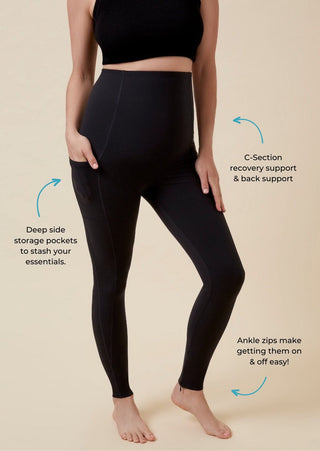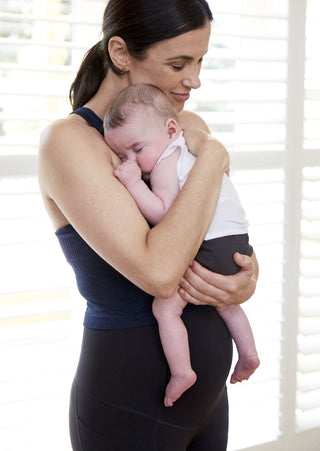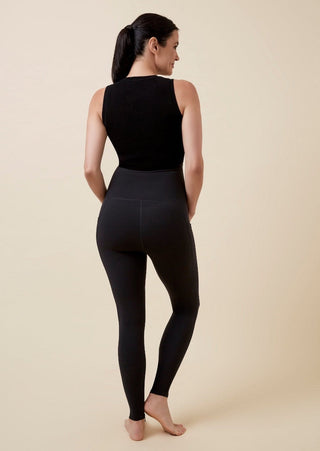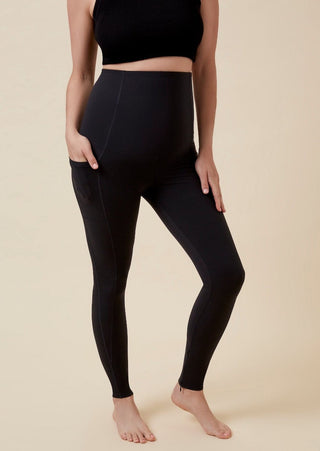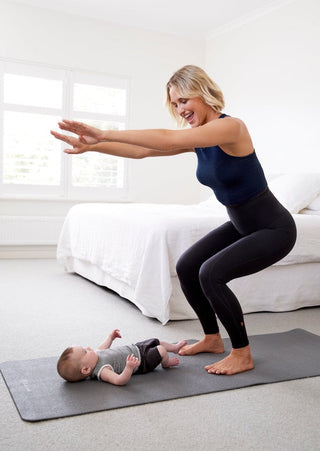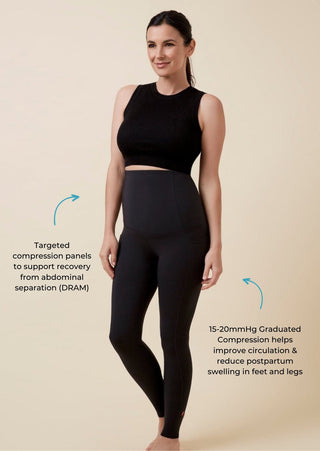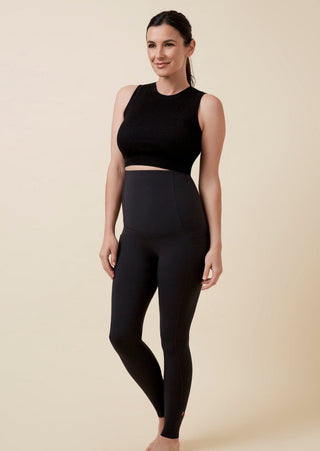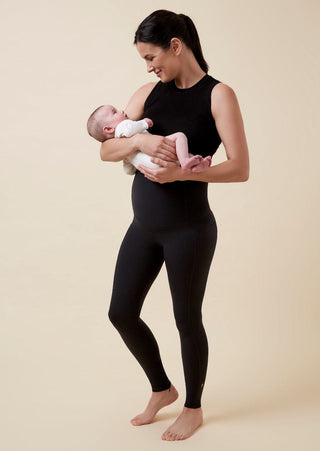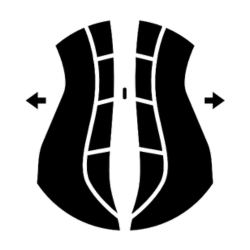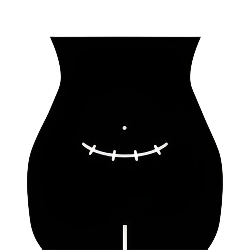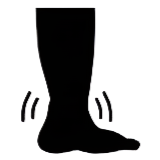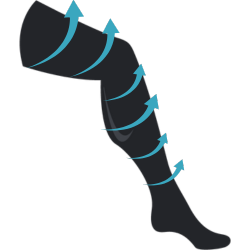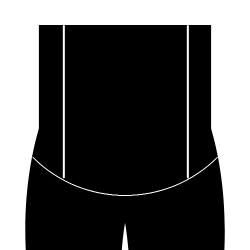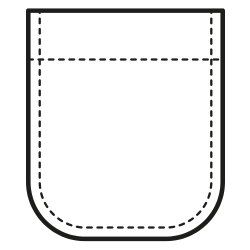Luxuriously soft. Beautifully sculpting. Medically backed. Designed for every stage of womanhood.
Your body has done something extraordinary—now it deserves extraordinary support.
Developed by compression specialists and fabric scientists, the Restorer Leggings are the result of extensive R&D to deliver targeted, medical-grade compression that supports your core, pelvis, and lower back—through the demands of postpartum recovery, and the hormonal changes of perimenopause and menopause.
Crafted to assist with diastasis recti (abdominal separation), our advanced targeted compression panels guide abdominal muscles back into place while providing stabilisation to the lower back and pelvic support—areas crucial to long-term strength and balance. Minimal seams are strategically placed to avoid C-section incisions, reducing irritation and enhancing comfort during postpartum healing.
With graduated compression technology, these leggings also support circulation—helping reduce swelling, puffiness, and leg fatigue—ideal for rest, nursing, or hormonal changes.
✔ Trusted by thousands, and recommended by women’s health experts
✔ “Amazing support… perfectly designed and not too tight.” – real customer
✔ Ankle zips for easier dressing with sore wrists
This isn’t your average shapewear—or just another pair of black leggings. It’s luxury postpartum compression wear, engineered to support healing and help you move forward—stronger, supported, and more connected to your body.
ARTG ID: 381391 (TGA Listed: Health Rebate Available)
Luxuriously soft. Beautifully sculpting. Medically backed. Designed for every stage of womanhood.
Your body has done something extraordinary—now it deserves extraordinary support.
Developed by compression specialists and fabric scientists, the Restorer Leggings are the result of extensive R&D to deliver targeted, medical-grade compression that supports your core, pelvis, and lower back—through the demands of postpartum recovery, and the hormonal changes of perimenopause and menopause.
Crafted to assist with diastasis recti (abdominal separation), our advanced targeted compression panels guide abdominal muscles back into place while providing stabilisation to the lower back and pelvic support—areas crucial to long-term strength and balance. Minimal seams are strategically placed to avoid C-section incisions, reducing irritation and enhancing comfort during postpartum healing.
With graduated compression technology, these leggings also support circulation—helping reduce swelling, puffiness, and leg fatigue—ideal for rest, nursing, or hormonal changes.
✔ Trusted by thousands, and recommended by women’s health experts
✔ “Amazing support… perfectly designed and not too tight.” – real customer
✔ Ankle zips for easier dressing with sore wrists
This isn’t your average shapewear—or just another pair of black leggings. It’s luxury postpartum compression wear, engineered to support healing and help you move forward—stronger, supported, and more connected to your body.
ARTG ID: 381391 (TGA Listed: Health Rebate Available)

